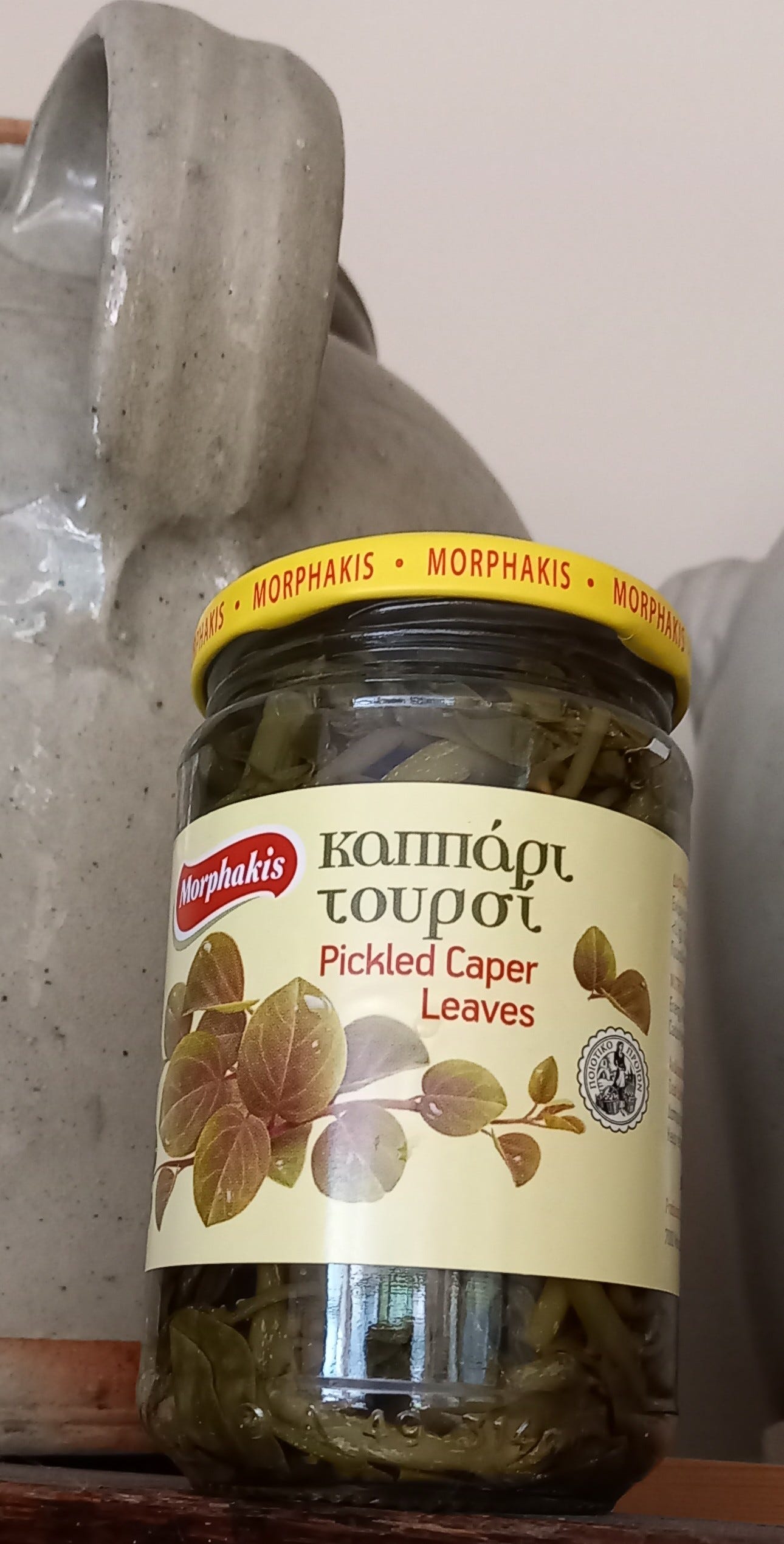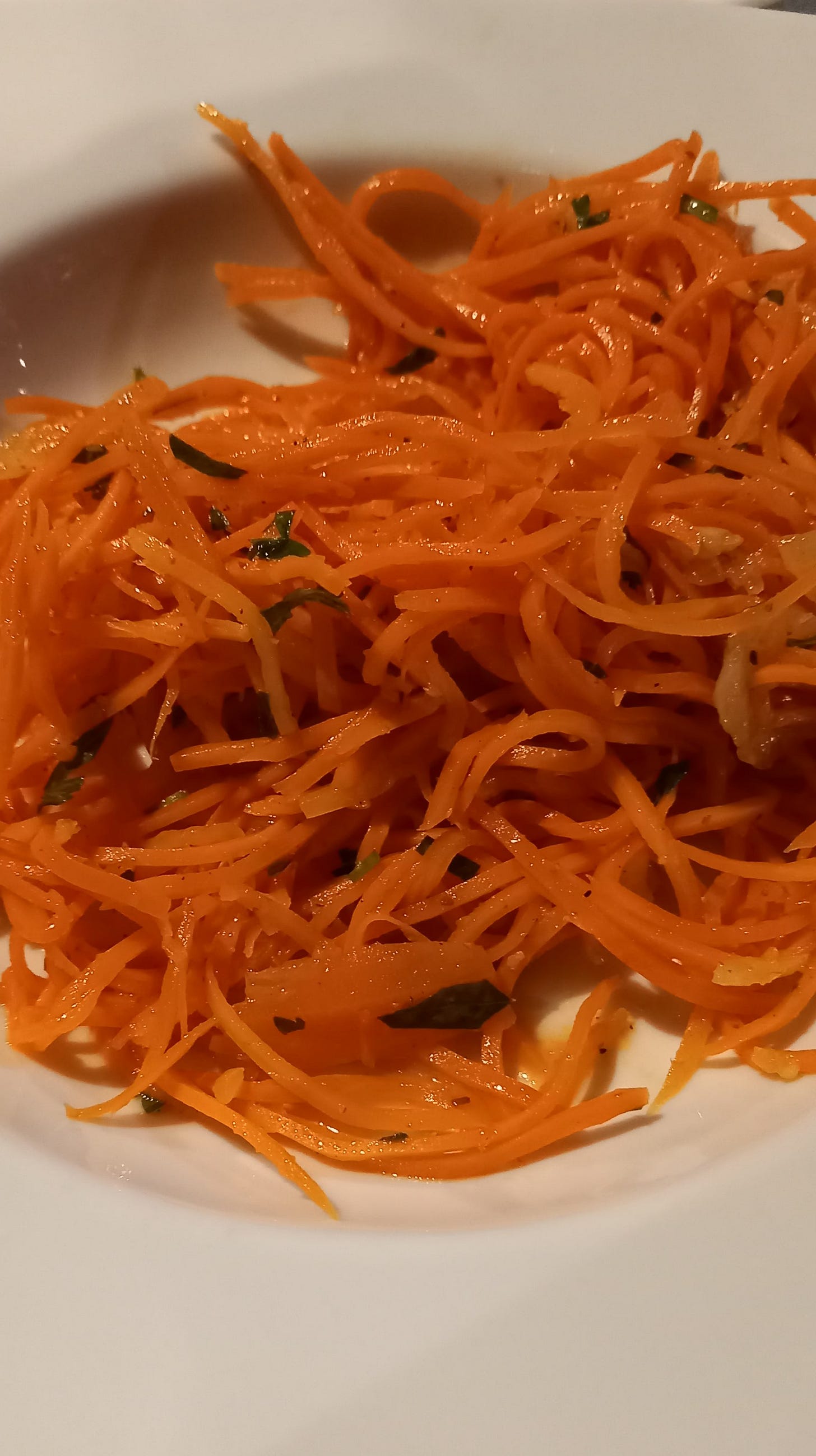I’ve had my holiday. I wish it weren’t over. So, like those people who invite you round for drinks only to open their photo albums across your knees or, nowadays, wave a tiny phone of hazy pictures between you and the vacation Mojito they’ve attempted to recreate, I’m using any excuse to look at my photos again by writing this paean to Greek food.
Greece is the perfect break from normal life. (Why isn’t my normal life like a Greek’s normal life?) The people are warm and welcoming, the views endlessly glorious, the food cheap and delicious - and healthy, if on holiday you care.
Down among the islands of the Dodecanese, the food isn’t as familiar as the meals you tuck into in every Greek taverna from Athens to Melbourne and London’s Camden Town - those saucers of taramasalata followed by kebabs and chips with tzadziki on the side. I ate those, too, with a traditional horiatiki salad.
Except it wasn’t quite the traditional horiatiki salata of tomatoes, cucumbers, onions and feta. In this neck of the world, even a country salad isn’t ‘yer usual’. It has pickled caper leaves threaded generously through it, adding a welcome saliva-inducing sourness. I really urge you to get hold of a jar. Imagine some in a potato salad.
On Lipsi, hummus was a rough paste not of chickpeas but of fava beans crowned with broken rusks. There was a spicy cheese dip called Tirokafteri made from feta whizzed up with yogurt and those hot long green pickled peppers we like to pretend aren’t making us cry to add a little crunch, then something with chunks of potatoes and melon which, yes, was edible if perhaps not to be re-ordered immediately.
Even butter beans were unfamiliar. On Archangelos, in a bowl of yigandes (giants) - butter beans in tomato sauce - the butter beans from the village south of Thessaloniki that the cousin of the woman who cooked them came from, were…black.
She and her husband live on the island whose photograph, taken from my laden table, opens this piece. They are its only inhabitants. She made another unusual salad, cabbage-and-onion, also pictured, studded with fat sultana raisins from the grapes they grow over the restaurant’s awning and elevated with fresh dill.
Salads were the real food discovery on this trip to Greece. The islanders have their own version of Italy's tomato Panzanella, a far south interpretation with crisp brown barley rusks and mizithra cheese (feta will do) and laced with anchovies, olives, and those pickled caper leaves.
One of the unexpected platters set down upon a taverna table in Leros held a carrot salad. Carrots? In Greece?
In fact, Greece isn’t that far from the region where carrots originated. Seeds of wild carrot dating over 10,000 years old have been found across Central Asia. Persia, then an extended swathe of territory embracing today’s Iran and Afghanistan, is believed to be the source of cultivated carrots, their seeds used for medicinal purposes. It’s unlikely their roots would have been eaten as they would have been woody and bitter. Carrots are recorded as being cultivated for their roots from about 1000 years ago in today’s Afghanistan. Back then, the carrot came in several colours - purple, black or white, though they were also found in yellow. Even now, purple and white carrots grow wild in Afghanistan, and some tribes dig them up to make a powerful alcoholic drink, though perhaps under current circumstances this is a piece of information to be kept under one’s Pakol hat.
By the 1100s, carrots were also being cultivated in Spain, arriving there via the Middle East and North Africa. With all this movement, nature intervened, producing mutants and hybrids.
Then in the 17th century, Dutch growers took the carrot and modified it, turning it orange in honour of William of Orange, who had led the fight for Dutch independence before invading England.
The Long Orange Dutch variety of carrot was first mentioned in 1721 and is the ancestor of the common carrots we eat now. In a single generation, these genetic alterations wiped out thousands of years of purple, white and yellow carrots - until now, with producers bringing back colourful and pricey heirloom varieties.
Louis de Vilmorin, the 19th century French horticulturist, is responsible for the sweet Nantes and Chantenay varieties of carrot. We should probably thank him for that popular bistro dish, Carottes Rapées, grated carrots in a lemon-flavoured vinaigrette.
It was a variation of this that was the big food discovery on Leros. Added to the finely grated carrots was a good kick of chilli, along with a quantity of finely chopped shallots that had been slowly softened in olive oil, giving the salad a mellow, fudgey flavour. It makes a welcome change from the French classic. You probably don’t need a recipe for carrot salad, but here is my guess at the Greek version.
Feeds 4 - 6 (or 2, if you’re me)
1 tablespoon good olive oil plus 2 to 4 more tablespoons
2 medium shallots, peeled and not too finely diced
7 large carrots, peeled and finely grated on a mandoline or Cuisinart-type machine (the finer and longer the strands, the more delicious the salad)
Small bunch of flat-leaf parsley, leaves only, roughly chopped
2 lemons to give 6 tablespoons lemon juice
2 teaspoons sugar
½ teaspoon Cayenne or chilli pepper or more, to taste
Sea salt, to taste
Heat 1 tablespoon oil over low heat in a small pan. Add the shallots and stir. Saute until they have softened but not browned. Leave in the pan to cool.
Dump the grated carrots into a bowl and fold the shallots into them followed by the parsley.
Make the vinaigrette with the next four ingredients (although I'm inclined to use little or no olive oil), pour it over the carrots and toss thoroughly.
Kαλή όρεξη - bon appetit!











On humous, a London professor friend was with me once Spetses and he ordered some but there was none as it is a Levantine dish not Greek. He opted for fava and taramasalata and asked for pitta. They gave him bread. He didn’t seem to know that the Greek joints we grew up on in North London were, in fact, Cypriot. with cuisine much influenced from east Mediterranean shoreline countries
Don’t think I’ve been shallot onions sale in Greece . Would red ones do? The local Zachos - chain of gyros joints, solid, great value - does an excellent carrot and cabbage salad which is very lively and make change from eternal horiataki salad.
A Tabled reader emailed me to say he'd Googled carrots and found an article that refuted the contention that the Dutch had made the carrot orange. Do read it - it makes an interesting case: https://eu.usatoday.com/story/news/factcheck/2021/09/15/fact-check-orange-carrots-occurred-naturally-not-created-dutch/8318657002/